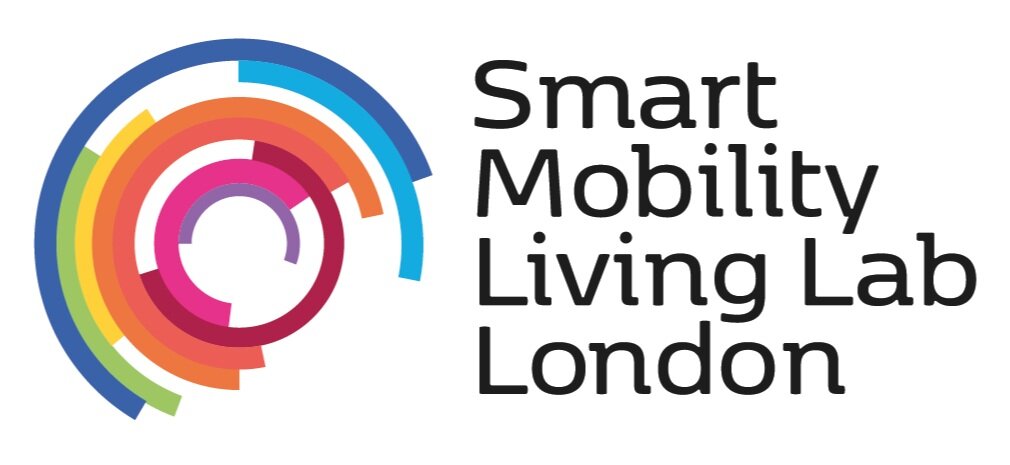Victor Wouk: the father of hybrid vehicles
One of the frustrating things about innovation is that it’s not straightforward.
Often, when we look back, we can see that the invention we needed was staring us in the face the whole time.
Such is the case with hybrid vehicles. The first consumer hybrid car was produced by Toyota in 1997 – but the technology had been developed two decades earlier, by a man called Victor Wouk.
So, in this instalment of the Innovator Series, we’re going to take a look at the life and achievements of Dr Wouk – the father of hybrid vehicles.
An electrical engineering prodigy
Wouk was born in the Bronx in 1919. He was a bright student from the very beginning, graduating from Columbia and going on to earn his PhD from the California Institute of Technology (Caltech).
In 1956, he founded the Beta Electric Corporation which became the leading supplier of high voltage electrical equipment in the United States. He sold it the same year, only to found another company, the Electronic Energy Conversion Corporation.
In 1960, he designed smaller and higher-efficiency AC-to-DC converters.
This brought him to the attention of Russell Feldmann, one of the founders of Motorola.
He asked Wouk for his advice on a prototype electric vehicle he had developed. When Wouk had a look, he noticed a few key flaws in the design – which he felt he would be able to fix.
Building a hybrid Skylark
So Wouk began working on his own vehicle.
He teamed up with a friend, Dr Charles L. Rosen. They used the body of a modified 1972 Buick Skylark, taking out its V-8 engine and replacing it with a Mazda rotary engine and an electric motor.
The electric motor was used for starting and extra power. It could be partially re-charged on-the-go, storing the energy from the car braking. However, for a full re-charge it needed to be connected to an external power source.
The modified Skylark was therefore a hybrid. And a very successful one – the vehicle’s emission rates were only about 9% compared to those of a gasoline powered car from the same era.
On top of this, the hybrid could reach a top speed of 85mph and got 30 miles to the gallon of gas.
Wouk and Rosen submitted their prototype to the Environmental Protection Agency’s (EPA) Clean Car Incentive Program.
In 1974, the EPA awarded $33,000 to Dr Wouk and Dr Rosen and began its own tests of the prototype.
But while it seems the car should have been a success, the EPA decided not to roll out nationwide tests using the design.
Sadly, this brought an end to Wouk’s experiments in hybrid vehicle technology.
But Dr Wouk’s contribution to the development of hybrid vehicles has not gone unrecognised.
He was posthumously awarded the Elmer A. Sperry Award for Advancing the Art of Transportation, and there is an annual lecture series at Caltech named after him.
The importance of testing
Wouk’s story is a really poignant one for us at SMLL.
As connected and autonomous vehicles (CAVs) bring about another revolution in vehicle technology, we need to remember to keep our eyes open for any possible avenue of innovation – to avoid the two-decade delay that occurred in the case of hybrid cars.
That’s why it’s so important to be able to test CAVs on real, working streets.
We’re lucky enough to be able to examine a range of technology related to the future of mobility in a complex, urban setting: the Royal Borough of Greenwich and the Queen Elizabeth Olympic Park.
This kind of testing will highlight the inventions that aren’t so valuable, and those that will really stand the test of time – like Wouk’s hybrid car.
We want to make sure that today’s journey makers receive all the support and opportunity they need to accelerate the innovation process and get their solutions to market.
Following in Wouk’s footsteps
Wouk’s invention was amazing. His modified Skylark paved the way for the hybrid cars we use today.
In fact, Toyota’s first hybrid car used the same technology as the Skylark. And when it was released in 1997, Victor Wouk bought one.
This must have been an incredible moment.
But how much better could it have been if, instead of buying one in the 1990s, he had been able to test and build them when he first developed his design - in the 1970s?
